Customer Service Performance Metrics Every Business Should Know
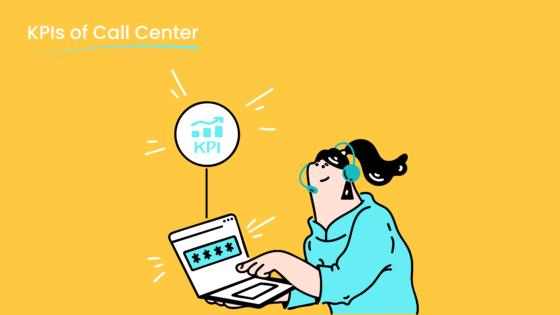
Understanding customer service performance metrics is essential for evaluating service quality and driving improvement. These metrics help you measure how well your customer support meets expectations, impacting both customer satisfaction and retention. For instance, achieving a First Call Resolution (FCR) rate of 74% or higher not only enhances customer satisfaction but also reduces operational costs. Similarly, tracking Average Handle Time (AHT) ensures a balance between efficiency and service quality, with the industry standard being just over six minutes.
Businesses prioritizing customer experience often see an 80% increase in revenue and 60% higher profits compared to those that don’t. Tools like Sobot's omnichannel solution empower you to monitor these metrics effectively, enabling enhanced customer satisfaction and long-term success. By focusing on these performance indicators, you can transform your customer service experience into a competitive advantage.
Understanding Customer Service Performance Metrics
What Are Customer Service Performance Metrics?
Customer service performance metrics are measurable indicators that help you evaluate the effectiveness of your customer service efforts. These metrics provide insights into how well your team meets customer expectations and resolves issues. For example, tracking metrics like First Contact Resolution (FCR) or Average Handle Time (AHT) allows you to assess the speed and quality of your service.
Empirical studies highlight the importance of these metrics in shaping customer satisfaction and loyalty. For instance, Barsky (1992) emphasized that satisfaction plays a critical role in retaining customers, while Hallowell (1996) demonstrated a positive link between satisfaction and loyalty. These findings underline the significance of monitoring performance metrics to ensure your service aligns with customer needs.
| Study Reference | Key Findings | Models Used |
|---|---|---|
| Barsky (1992) | Customer satisfaction is crucial for loyalty. | N/A |
| Hallowell (1996) | Positive relationship between satisfaction and loyalty. | N/A |
| Martensen et al. (2000) | Corporate image affects expectation and satisfaction, not loyalty. | ECSI |
Why Do These Metrics Matter for Businesses?
Customer service metrics matter because they directly impact your business's success. By tracking these metrics, you can identify areas for improvement and enhance customer satisfaction. For example, a high Customer Effort Score (CES) indicates that customers find it easy to resolve their issues, which boosts their overall experience.

These metrics also help you uncover service gaps and optimize your operations. For instance, Samsung used Sobot’s all-in-one contact center solution to unify communication channels and improve agent efficiency by 30%. This resulted in a 97% customer satisfaction rate, demonstrating how performance metrics can drive tangible results.
Moreover, industry standards like Average Speed of Answer (ASA) and AHT provide benchmarks for evaluating your team's responsiveness and efficiency. Meeting these benchmarks ensures your service quality remains competitive, fostering customer retention and loyalty.
Common Standards in Customer Service Metrics
Several industry standards have been validated for measuring customer service performance. These benchmarks help you set clear goals and evaluate your team's effectiveness:
- Average Speed of Answer (ASA): Measures the time it takes for a call to be answered, reflecting your team's responsiveness.
- Average Handle Time (AHT): Tracks the total time agents spend handling calls, helping you balance efficiency and service quality.
- Customer Effort Score (CES): Assesses how easy it is for customers to resolve their issues, offering insights into service effectiveness.
Statistical evidence supports the reliability of these standards. According to industry reports, 51% of trustworthiness comes from statistical evidence, while 49% stems from case studies or testimonials. This balance highlights the importance of combining data-driven insights with real-world examples to evaluate your service performance effectively.
| Evidence Type | Percentage of Trustworthiness |
|---|---|
| Statistical evidence | 51% |
| Case studies or testimonials | 49% |
By adopting these standards, you can ensure your customer service aligns with industry best practices, driving satisfaction and retention.
The Importance of Customer Service Performance for Business Success
Enhancing Customer Retention and Loyalty
Customer retention is one of the most critical aspects of business success. When you deliver high-quality customer service, you build trust and loyalty among your customers. Studies show that retaining existing customers costs five times less than acquiring new ones. By focusing on customer satisfaction, you can create long-term relationships that drive repeat business.
For example, Samsung achieved a 97% customer satisfaction rate by using Sobot’s all-in-one contact center solution. This helped them streamline communication channels and improve service quality. When customers feel valued and supported, they are more likely to stay loyal to your brand.
Identifying Service Gaps and Opportunities
Tracking customer service performance metrics allows you to identify areas where your service may fall short. For instance, if your First Contact Resolution (FCR) rate is below industry standards, it signals a need for improvement in resolving issues promptly.
Sobot’s Voice/Call Center provides real-time monitoring and analysis tools that help you uncover service gaps. These insights enable you to address inefficiencies and optimize your operations. By identifying opportunities for improvement, you can enhance the overall customer experience and boost satisfaction levels.
Driving Revenue Growth Through Improved Customer Experience
A positive customer experience directly impacts your revenue growth. Research indicates that businesses prioritizing customer service see an 80% increase in revenue compared to those that don’t. When you provide exceptional service, customers are more likely to recommend your brand to others, increasing your market reach.
Sobot’s Omnichannel Solution empowers you to deliver seamless and personalized service across multiple platforms. This not only improves customer satisfaction but also drives repeat purchases and higher lifetime value. By investing in customer service performance, you can turn satisfied customers into brand advocates, fueling your business growth.
Key Customer Service Performance Metrics Every Business Should Track
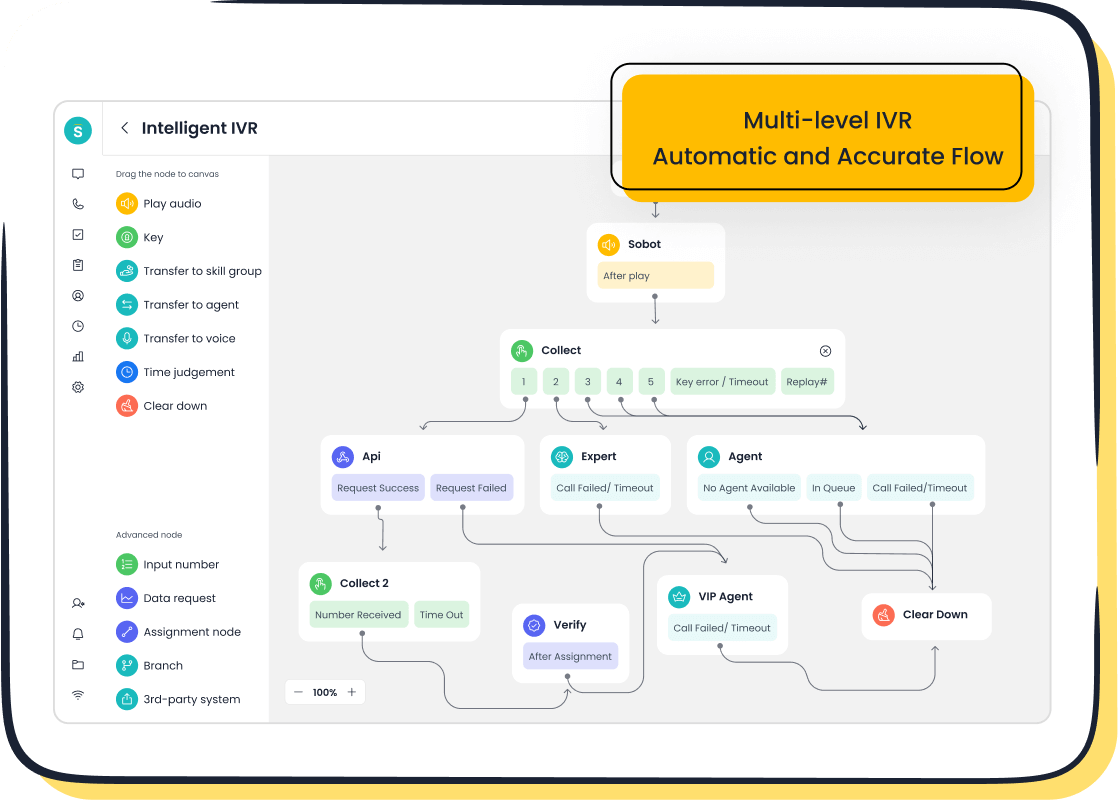
Customer Satisfaction Score (CSAT)
Customer Satisfaction Score (CSAT) measures how satisfied customers are with your service. It is one of the most straightforward metrics to track. You ask customers to rate their satisfaction after an interaction, typically on a scale of 1 to 5 or 1 to 10. Higher scores indicate better service quality and customer satisfaction.
This metric helps you understand how well your customer support meets expectations. For example, if your CSAT score consistently falls below 80%, it signals a need for improvement in your service quality. Businesses that prioritize CSAT often see higher customer retention rates. According to research, satisfied customers are 60% more likely to remain loyal to a brand.
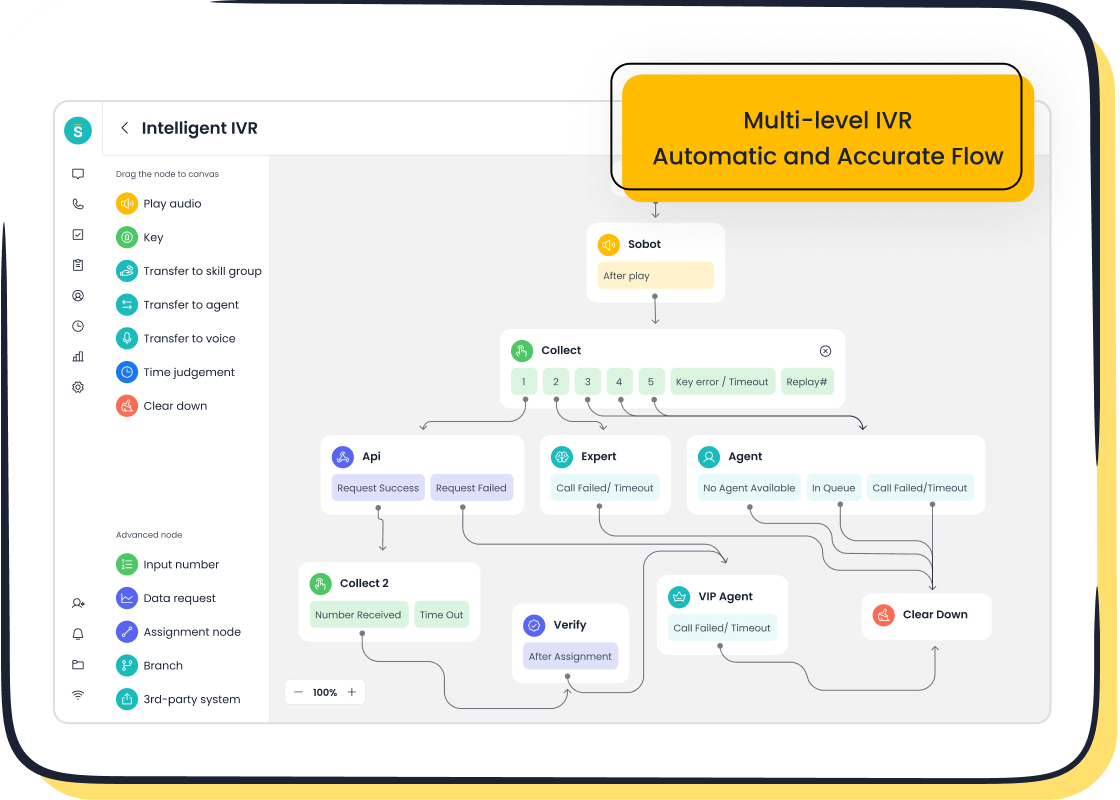
Sobot’s Voice/Call Center can enhance your CSAT by providing tools like intelligent IVR and real-time monitoring. These features ensure customers receive prompt and personalized support, improving their overall experience. By tracking CSAT, you can identify areas for improvement and create strategies to boost satisfaction levels.
Net Promoter Score (NPS)
Net Promoter Score (NPS) evaluates customer loyalty and their likelihood to recommend your business to others. You calculate NPS by asking customers a simple question: “How likely are you to recommend our service to a friend or colleague?” Responses range from 0 (not likely) to 10 (extremely likely).
NPS divides customers into three categories:
- Promoters (9-10): Loyal customers who actively recommend your business.
- Passives (7-8): Satisfied but not enthusiastic customers.
- Detractors (0-6): Unhappy customers who may discourage others from using your service.
A high NPS indicates strong customer loyalty and a positive customer experience. For instance, Samsung achieved a remarkable NPS improvement after implementing Sobot’s omnichannel solution, which streamlined communication and enhanced service quality.
Tracking NPS helps you understand customer sentiment and identify areas for improvement. Sobot’s analytics tools provide insights into customer feedback, enabling you to address concerns and turn detractors into promoters. This metric is essential for driving customer retention and long-term growth.
First Contact Resolution (FCR)
First Contact Resolution (FCR) measures the percentage of customer issues resolved during the first interaction. It is a critical metric for evaluating service efficiency and customer satisfaction. Higher FCR rates indicate that your team resolves issues promptly, reducing the need for follow-up interactions.
For example, industry standards suggest an FCR rate of 74% or higher is ideal. Achieving this rate not only improves customer satisfaction but also reduces operational costs. Customers appreciate quick resolutions, which enhance their experience and build trust in your brand.
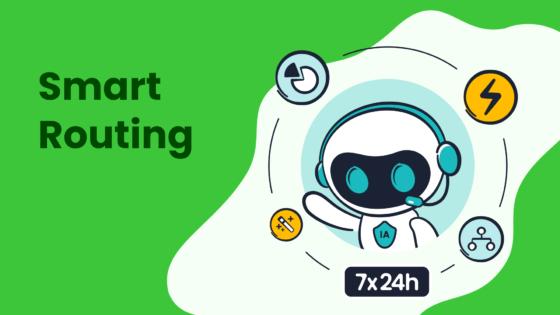
Sobot’s Voice/Call Center supports FCR improvement through features like smart call routing and AI-powered Voicebot. These tools ensure customers are connected to the right agent or resource immediately, increasing the likelihood of resolving issues on the first contact. By focusing on FCR, you can optimize your customer service performance and foster loyalty among your customers.
Average Handle Time (AHT)
Average Handle Time (AHT) measures the average duration your team spends resolving a customer inquiry. It includes the time spent talking to customers, placing them on hold, and completing post-call tasks. AHT is a critical metric for evaluating the efficiency of your customer service operations. Lower AHT often indicates faster resolutions, but it should not come at the expense of service quality.
For example, the industry standard for AHT is approximately six minutes. If your team consistently exceeds this benchmark, it may signal inefficiencies in your processes. On the other hand, an extremely low AHT could mean your agents are rushing through interactions, potentially compromising customer satisfaction. Striking the right balance is essential to maintaining both efficiency and quality.

You can improve AHT by equipping your team with the right tools and training. Sobot’s Voice/Call Center offers features like smart call routing and a unified workspace. These tools streamline workflows, ensuring agents have all the information they need to resolve issues quickly. Additionally, the platform’s AI-powered Voicebot can handle repetitive queries, freeing up agents to focus on more complex tasks. By leveraging such solutions, you can optimize AHT without sacrificing the customer experience.
Tracking AHT also helps you identify trends and areas for improvement. For instance, if certain types of inquiries consistently take longer to resolve, you can analyze the root cause and implement targeted solutions. This proactive approach not only enhances efficiency but also boosts customer satisfaction and retention.
Customer Effort Score (CES)
Customer Effort Score (CES) measures how easy it is for customers to resolve their issues with your service. It is a straightforward yet powerful metric that directly impacts customer satisfaction and loyalty. Customers who find it easy to interact with your business are more likely to return and recommend your service to others.
To calculate CES, you ask customers to rate their experience on a scale, such as “How easy was it to resolve your issue today?” Lower effort scores indicate a smoother experience, while higher scores suggest areas for improvement. Research shows that reducing customer effort is one of the most effective ways to increase loyalty. According to Gartner, 96% of customers with high-effort experiences become disloyal, compared to only 9% of those with low-effort experiences.
You can improve CES by simplifying processes and providing seamless support across multiple channels. Sobot’s Omnichannel Solution excels in this area by integrating various communication platforms into a unified workspace. This allows customers to switch between channels—such as voice, email, and chat—without repeating themselves. The solution’s AI-driven automation also handles repetitive tasks, ensuring faster resolutions and a more effortless experience for customers.
Monitoring CES helps you pinpoint friction points in your customer journey. For example, if customers frequently report difficulties navigating your website or reaching support, you can address these issues to enhance their experience. By focusing on CES, you not only improve customer satisfaction but also foster long-term loyalty and retention.
How to Measure and Analyze Customer Service Performance Metrics
Tools and Software for Tracking Metrics
Tracking customer service metrics requires reliable tools that provide actionable insights. These tools help you monitor key performance indicators like First Contact Resolution (FCR), Average Handle Time (AHT), and Customer Satisfaction Score (CSAT). Choosing the right software ensures you can measure service quality effectively and identify areas for improvement.
Here’s a comparison of popular tools for tracking customer service performance:
| Software Solution | Key Features | User Statistics/Notes |
|---|---|---|
| Richpanel | Self-service portal, built-in live chat, customer satisfaction surveys, automation, reporting | Reduces ticket volumes, increases customer satisfaction, resolves over 50% of queries without agents. |
| Zendesk | Live chat, ticketing, phone support, self-service opportunities | Integrates with 1000+ apps, customizable for various business sizes. |
| Help Scout | Email-focused support, built-in knowledge base | Simple navigation for agents, assists customers in finding answers independently. |
| Zoho Desk | CRM integration, ticketing, automation tools, self-service options | Cost-effective for businesses, offers a comprehensive feature set. |
| Salesforce Service Cloud | Customizable dashboards, automated workflows, Einstein bot | Ideal for large enterprises, integrates well with Salesforce ecosystem. |
Sobot’s Voice/Call Center stands out by offering real-time monitoring, AI-powered Voicebot, and seamless integration with CRM systems. These features ensure you can track metrics like AHT and FCR while maintaining a 99.99% system uptime. This stability makes it a reliable choice for businesses aiming to enhance customer satisfaction and retention.
Best Practices for Data Collection and Analysis
Effective data collection and analysis are crucial for improving customer service performance. Start by defining clear objectives for the metrics you want to track. For example, if your goal is to improve FCR, focus on gathering data related to issue resolution during the first interaction.
Use these best practices to ensure accurate and actionable insights:
- Automate Data Collection: Tools like Sobot’s Voice/Call Center automate data tracking, reducing errors and saving time.
- Segment Data: Break down metrics by customer demographics or service channels to identify trends.
- Regularly Review Metrics: Schedule weekly or monthly reviews to track progress and adjust strategies.
- Involve Your Team: Share insights with your customer support team to align them with performance goals.
Analyzing data effectively helps you uncover service gaps and opportunities for improvement. For instance, if your AHT is consistently high, you can investigate whether agents need additional training or better tools.
Leveraging Sobot’s Voice/Call Center for Real-Time Monitoring
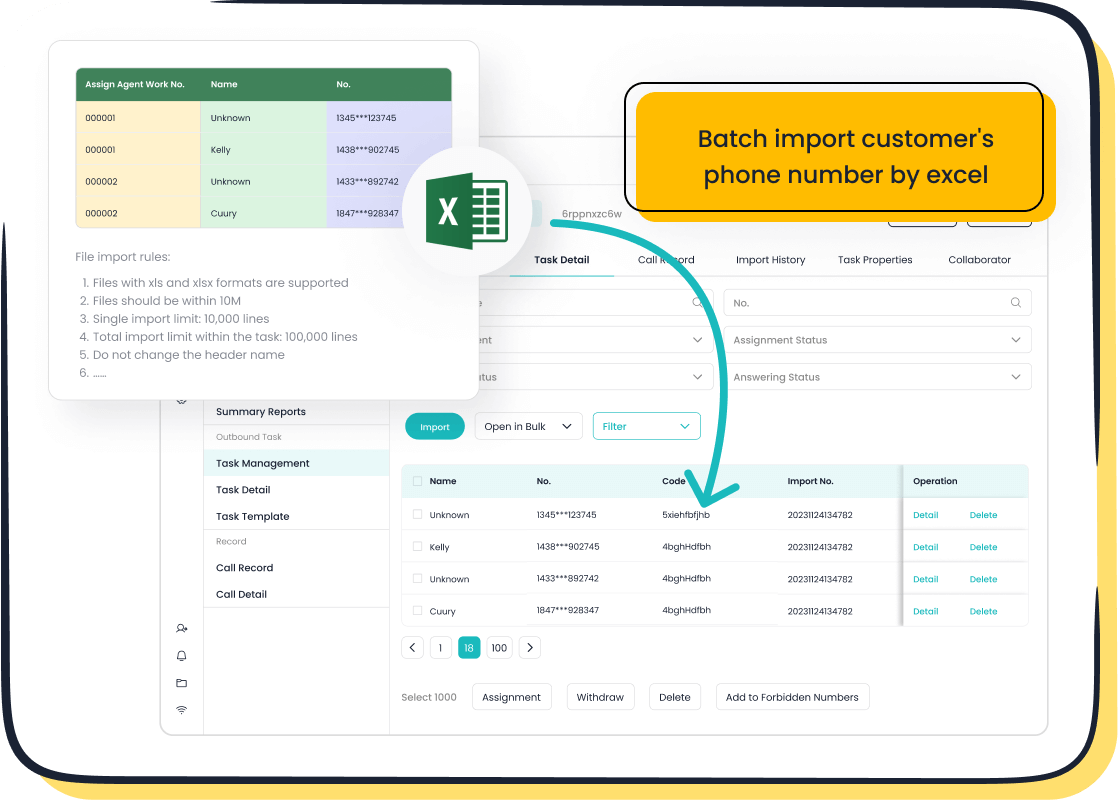
Real-time monitoring is essential for maintaining high service quality. Sobot’s Voice/Call Center provides advanced tools for tracking customer interactions as they happen. Features like smart call routing and AI-powered Voicebot ensure customers receive prompt and accurate support.
With Sobot’s unified workspace, agents can access customer data instantly, enabling faster resolutions. The platform also offers real-time analytics, helping you identify trends and make data-driven decisions. For example, if you notice a spike in call volume, you can allocate resources immediately to maintain service levels.
Sobot’s 99.99% system uptime ensures uninterrupted monitoring, even during peak times. This reliability allows you to focus on enhancing the customer experience without worrying about technical disruptions. By leveraging these tools, you can improve customer satisfaction, retention, and overall service performance.
Practical Tips for Improving Customer Service Performance
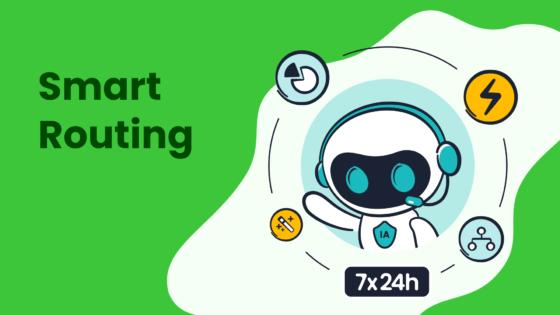
Training and Empowering Customer Service Teams
Your customer service team plays a vital role in delivering exceptional service. Training equips them with the skills needed to handle inquiries effectively and resolve issues promptly. For example, investing in workforce training improves service quality and boosts customer satisfaction. Studies show that well-trained teams increase customer retention by up to 25%.
Empowering your team involves giving them the tools and autonomy to make decisions. Sobot’s Voice/Call Center provides a unified workspace where agents can access customer data instantly. This feature reduces response times and enhances the customer experience. Encourage your team to use behavioral data to personalize interactions, making customers feel valued.
Regular feedback sessions also foster continuous improvement. Share performance metrics like CSAT and NPS with your team to help them understand their impact on customer satisfaction. By focusing on training and empowerment, you create a motivated team that drives customer loyalty and retention.
Using Sobot’s Omnichannel Solution to Enhance Service Quality
Delivering seamless service across multiple channels improves customer satisfaction. Sobot’s Omnichannel Solution integrates voice, email, chat, and social media into a single platform. This unified workspace ensures customers receive consistent support, regardless of the channel they choose.
For example, Samsung used Sobot’s solution to streamline communication and improve service quality. The integration reduced repetitive tasks for agents, allowing them to focus on complex issues. Customers experienced faster resolutions, leading to a 97% satisfaction rate.
AI-driven automation further enhances service quality by handling repetitive queries. This feature frees up agents to address more critical concerns. Additionally, the platform’s analytics tools provide insights into customer behavior, enabling personalized interactions. By adopting Sobot’s Omnichannel Solution, you can elevate your customer service performance and foster long-term customer loyalty.
Regularly Reviewing and Adjusting Strategies Based on Metrics
Tracking customer service metrics helps you identify areas for improvement. Regular reviews ensure your strategies align with customer needs and industry standards. For instance, measuring FCR and AHT highlights inefficiencies in your processes.
Use tools like Sobot’s Voice/Call Center to monitor metrics in real time. The platform’s analytics features provide actionable insights, helping you adjust strategies quickly. If your CSAT score drops, investigate the root cause and implement targeted solutions.
Agile practices also support continuous improvement. Conduct surveys and focus groups to gather customer feedback. Use this data to refine your approach and enhance the customer experience. By reviewing metrics regularly, you stay ahead of customer expectations and maintain high service quality.
Tracking customer service performance metrics is essential for improving customer satisfaction and operational efficiency. These metrics help you understand how well your service meets customer expectations and identify areas for improvement. For example, monitoring First Contact Resolution (FCR) rates can reveal how effectively your team resolves issues during the first interaction.
Adopting tools like Sobot’s Voice/Call Center simplifies this process. Its real-time monitoring and analytics features provide actionable insights, enabling you to enhance the customer experience. By leveraging these tools, you can boost satisfaction, retain customers, and drive business growth.
FAQ
What is the best way to measure customer service performance?
You can measure customer service performance by tracking key metrics like Customer Satisfaction Score (CSAT), Net Promoter Score (NPS), and First Contact Resolution (FCR). Tools like Sobot’s Voice/Call Center provide real-time analytics, helping you monitor and improve these metrics effectively.
How does First Contact Resolution (FCR) impact customer satisfaction?
A high FCR rate means you resolve issues during the first interaction. This reduces the need for follow-ups, saving time for both you and your customers. Studies show that businesses with high FCR rates experience better customer satisfaction and loyalty.
Why is Average Handle Time (AHT) important for customer service?
AHT measures the efficiency of your team in resolving customer inquiries. Lower AHT indicates faster resolutions, but it should not compromise service quality. Sobot’s tools, like smart call routing, help optimize AHT while maintaining a positive customer experience.
How can Sobot’s Omnichannel Solution improve customer interactions?
Sobot’s Omnichannel Solution integrates multiple communication channels into one platform. This allows customers to switch between channels seamlessly, reducing effort. Features like AI-driven automation and unified workspaces ensure faster resolutions and personalized service.
What role does Customer Effort Score (CES) play in customer retention?
CES measures how easy it is for customers to resolve their issues. Lower effort scores lead to higher satisfaction and loyalty. Gartner reports that 96% of customers with high-effort experiences become disloyal, emphasizing the importance of reducing friction in interactions.
See Also
Enhancing Call Center Efficiency Through Effective Monitoring Techniques
Essential Strategies for Effective Call Center Quality Management
2024's Leading Customer Service Software: Top Ten Picks
